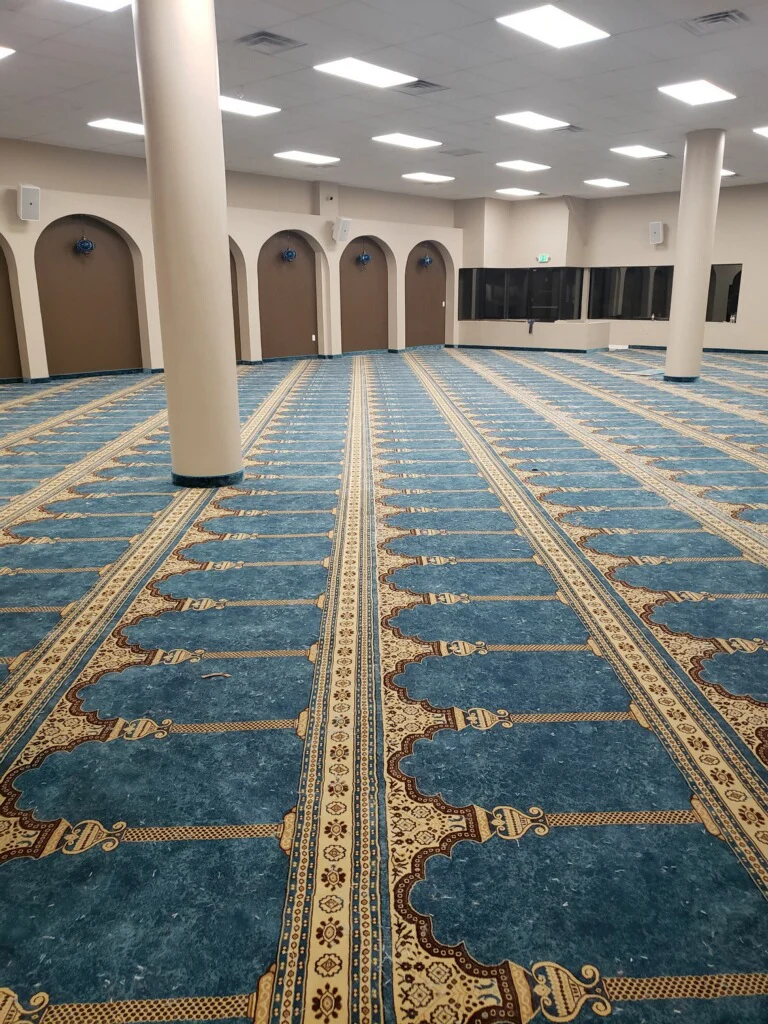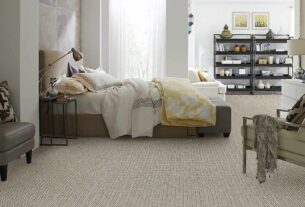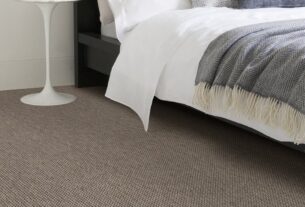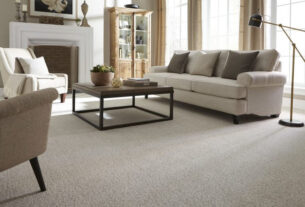Mosques, the sacred spaces for prayer and reflection in Islam, have always been a focal point of beauty, spirituality, and tradition. Among the most important elements that contribute to the ambiance and spiritual atmosphere of a mosque are its carpets. Mosque carpets are more than just a floor covering—they are a testament to centuries of craftsmanship, cultural heritage, and religious reverence. Today, mosque Carpets Dubai are being designed with a unique blend of traditional patterns and modern aesthetics, catering to both the historical significance and the contemporary needs of these sacred spaces.
The Tradition Behind Mosque Carpets
To truly appreciate the art of mosque carpets, it’s important to understand their historical significance. The tradition of decorating mosques with carpets can be traced back to the early days of Islam. Carpet weaving has deep roots in the Islamic world, with the art form flourishing in regions such as Persia, Anatolia, and Central Asia. These carpets were often intricately designed to create a serene and respectful environment conducive to prayer.
The patterns on these carpets were symbolic, often reflecting Islamic art’s love for geometric shapes, arabesques, and floral motifs. The use of rich colors such as deep reds, golds, and blues was not just for aesthetic purposes but had a spiritual meaning—reflecting the infinite nature of Allah, the divine order, and the beauty of creation. The prayer rugs, or sajjada, often feature a mihrab (prayer niche), indicating the direction of Mecca, and are intricately woven to guide the worshipper’s focus during their devotions.
In the past, carpets for mosques were often handmade, created by skilled artisans using traditional methods passed down through generations. These carpets were woven from luxurious materials such as silk, wool, or cotton, and each carpet told a unique story through its pattern and design. Even today, these traditional elements remain central to mosque carpets.
The Modern Influence on Mosque Carpets
While tradition remains the foundation of mosque carpet design, the influence of modern aesthetics and technological advancements is shaping how these carpets are created today. The modern approach to mosque carpets seeks to merge the elegance and meaning of traditional designs with the practicality, functionality, and durability needed for contemporary worship spaces.
One of the key changes in the modern design of mosque carpets is the introduction of contemporary materials. Although traditional silk and wool are still used in some high-end mosque carpets, synthetic fibers such as nylon and polyester are increasingly being utilized. These materials are durable, stain-resistant, and easier to maintain, making them ideal for the high foot traffic that mosques experience. Moreover, synthetic fibers are more affordable, allowing mosques in different regions to access high-quality carpets at a lower cost.
In addition to materials, modern mosque carpets are also evolving in terms of design. Traditional geometric and floral motifs are still prevalent, but there is now a greater focus on minimalism, cleaner lines, and subtle color schemes. This approach appeals to the modern sensibility that values simplicity and functionality without sacrificing beauty or reverence. Many modern mosque carpets are designed with muted tones of beige, gray, or pastel colors, creating a serene and calming environment. These designs allow for a broader interpretation of the prayer space, fostering an atmosphere of peace without overwhelming the senses.
Technology and Innovation in Mosque Carpet Production
Another major shift in mosque carpet design has been the role of technology in the production process. Advanced weaving techniques, such as machine-made carpets, have made it possible to produce mosque carpets in large quantities while maintaining high standards of quality. Modern weaving machines are capable of replicating intricate traditional designs with incredible precision, creating carpets that look handwoven but are far more cost-effective and time-efficient.
In addition, 3D design software is now being used by designers to create innovative patterns that were not possible with traditional techniques. This allows for more customization, enabling mosques to choose carpets that suit their specific architectural needs, color schemes, and stylistic preferences. For example, mosques with contemporary or futuristic architectural designs may opt for carpets with abstract geometric patterns, whereas traditional mosques may favor intricate Persian-style motifs.
Aesthetic and Practical Considerations
The fusion of traditional and modern designs in mosque carpets also takes into account the practical requirements of modern mosques. One of the primary functions of a mosque carpet is to provide comfort during prayer, as worshippers spend extended periods on their knees and hands. In this regard, modern mosque carpets are often designed with additional cushioning layers to provide a more comfortable surface. Anti-slip backing and flame-resistant properties are also incorporated into modern carpets to enhance safety and durability.
Additionally, the ease of maintenance is a critical consideration. Mosques, particularly those in high-traffic urban areas, need carpets that are not only beautiful but also easy to clean and maintain. Advances in stain-resistant technologies have made modern carpets easier to care for, ensuring that they retain their appearance for longer periods of time. Furthermore, the use of sustainable materials in modern mosque carpets, such as recycled fibers and eco-friendly dyes, is gaining popularity as more mosques aim to align with sustainable practices.
The Future of Mosque Carpets
As we look to the future, the art of mosque carpet design will continue to evolve. The blending of traditional craftsmanship with modern design principles will likely lead to even more innovative solutions. Designers will continue to experiment with new materials, weaving techniques, and patterns to create carpets that enhance the prayer experience while reflecting the cultural and spiritual heritage of Islam.
In addition, with the growing importance of sustainability in all aspects of design, mosque carpets will likely see an increased focus on eco-friendly options. Sustainable, durable, and easy-to-maintain carpets will become a staple in mosque interiors, ensuring that the sacred spaces of tomorrow continue to provide a welcoming, beautiful, and functional environment for worshippers.
Conclusion
The art of Mosque Carpets Dubai has always been a beautiful blend of tradition and spiritual significance. Today, this ancient craft continues to evolve as modern design and technology shape the way mosque carpets are created. The result is a harmonious fusion of old and new, where traditional patterns meet modern materials and techniques, ensuring that mosque carpets remain not only a symbol of faith and reverence but also a practical and aesthetically pleasing feature of contemporary worship spaces. Whether woven by hand or machine, mosque carpets remain a timeless testament to the dedication, skill, and devotion of those who create them, and to the enduring beauty of the sacred spaces they adorn.





